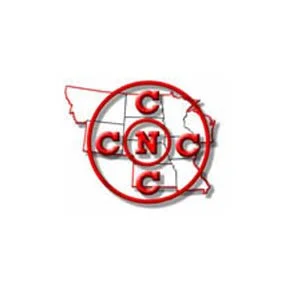All guidelines for N4C Contests can be found on the N4C website.
Use the same naming protocol as required for DMCC entries, but use the following codes:
DA Digital Altered Reality
DB Digital Black & White
DJ Digital Journalism
DN Digital Nature
DP Digital Pictorial
DT Digital Travel
Submissions for N4C print competitions are due at the first club meeting of each month and should be given to Jerry Goedken.
Digital submissions are due on the first Tuesday of each month and should be sent electronically to the N4C Digital Coordinator (dmcc.n4c.digital@gmail.com). Images must be submitted as jpegs, no more than 1920 pixels on the longest side and no larger than 750kb (same as club contests).
N4C Contest Category Descriptions
Pictorial
In pictorial photography we are concerned with the artistic quality of the presentation of the subject rather than with the subject itself. Literally, all subjects qualify, but since “Interest” accounts for one-third of the score, subjects that catch the viewer’s eye will have an advantage. The judges will be seeking answers to the question, “Did the photographer simply record the subject, or did he/she through the photographic process enhance the viewer’s interest in the subject?” Pictorialism may be accomplished by meticulous photographic technique, proper presentation, careful composition, or most likely all of these factors.
Examples of N4C Winners: https://n4c.us/digital_pictoral_23-24.htm
Black & White
Black & White Photography is also called monochrome. The resulting image is limited to monochromatic hues or shades of gray, although filters may be applied to give a hue or tint. Different photographic processes and toners may also give a different hue to a black & white photograph; for example, selenium, sepia and split toning (duo-toning). No fraction of the image shall be given a special color treatment.
Examples of N4C Winners: https://n4c.us/digital_black_white_23-24.htm
Altered Reality
Altered Reality photography is an opportunity for those who dare to explore the experimental and creative forms of photographic expression. These will include, but not be limited to derived images, ultra-high contrast, black light, bas-relief, solarization, multi-images, trick lenses and filters, and other ways to alter the image to produce a new abstract effect. Just about anything goes. The important thing is the result, not the means to create it. This area of photography bridges between photographic realism and creative art. It is very difficult to judge and there are literally no rules to follow. Generally, concentrate on form and color, rather than detail in the image to succeed.
Examples of N4C Winners: https://n4c.us/digital_altered_23-24.htm
Travel
Travel implies going to some place other than one’s customary environment, and photo-travel photography suggests the photographic depiction of that new environment or the means used to get there. There is no definition of how far away that environment must be to qualify as “travel” or how different that new environment must be. However, the judges will generally award prizes to those photographs that depict more exotic and unfamiliar places, even though such places are “home” to someone. Good photographic technique and particularly the ability to convey the feeling and flavor of the place visited will help you be a winner. Try to emphasize the character that makes the place unique from other places. Be sure to state the name of the locale where the picture was made on the print.
Examples of N4C Winners: https://n4c.us/digital_travel_23-24.htm
Nature
No photograph is worth the distress or injury to any wild creature.
* Nature photography is simply the recording of our natural world by some photographic means. Included are all branches of nature except Archeology and Anthropology.
* The hand of man shall not be present in any nature entry except where wild birds or animals have invaded man’s world such as fence posts and other man-made objects freely adapted for use by wild creatures.
* Banding or tagging on nature subjects is acceptable. Photographs at bird feeders are not acceptable if any part of a man made feeder is shown in the photograph.
* Photographs taken in zoos, animal farms or game farms are acceptable as long as the setting remains natural and the hand of man is not visible.
* Cultivated plants, domestic animals and pets are not acceptable and should be entered in other categories.
Examples of N4C Winners: https://n4c.us/digital_nature_23-24.htm
Journalism
Journalism Photography depicts some event or activity; story telling is emphasized, as in a newspaper or magazine photograph. An element of human interest is a fundamental quality for a journalism photograph.
* A Journalism entry can be a single image or a sequence of related images arranged for presentation as a single entry.
* Only minimal digital editing is allowed. In the interest of credibility, photographs that misrepresent the truth, such as manipulation to alter the subject matter, or situations set up for the purpose of photography, are unacceptable. No elements may be moved, cloned, added, deleted, rearranged, or combined. No manipulation or modification is permitted except resizing, cropping, selective lightening or darkening, and restoration of original color of the scene. No special effect filters may be added or applied.
Examples of N4C Winners: https://n4c.us/digital_journalism_23-24.htm
